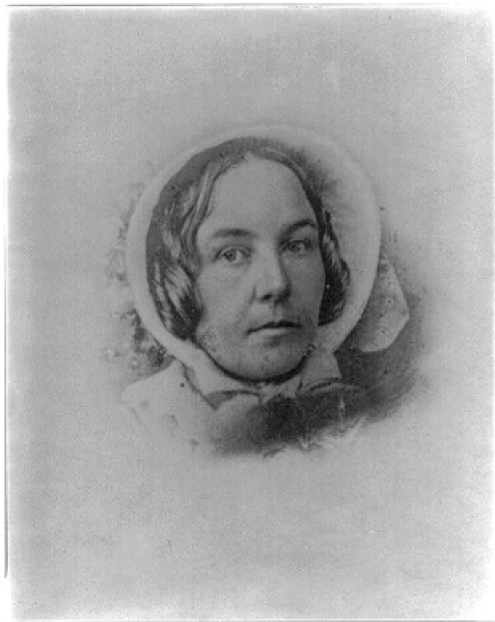Goodbye WORI
Written by: Maria Smith
Hi all,
Today is my final day at WORI. I have enjoyed my time at the Park. I made several programs and Park collections accessible to the Deaf and hearing impaired community. I drafted two walking tours that will soon be available to the public. I did some community outreach work via this blog and future social media posts. I am grateful for the opportunity to temporarily join the team at Women’s Rights NHP again this summer. In today’s blog post I will discuss the creation of the walking tours and share a story about Thomas James, a women’s rights advocate from Seneca Falls, NY.
Creating a Walking Tour
To create a walking tour, you need to research to find people, places, or things related to your walking tour theme. A previous intern at WORI began to draft several walking tours related to the Park. She had researched the community a little. I used her research and did my own research to find people, places, and things related to the two walking tour themes in Seneca Falls, NY and Waterloo, NY. Once you have the people, places, or things you’d like to talk about on the walking tour, you need to find the geographic locations. This sounds easy, but it can be tricky. The stops need to be close together for people to walk to. The stops also must represent the people, places, or things that you’re discussing at the stop. I used ArcGIS mapping software to track each geographic location of the walking tours. I have included a picture of an early draft of the walking tour below. This layout was changed because the locations were spread out a little too far. Once you have the research done and the location of the stop decided upon you need to write an informational blurb about the person, place, or things for each stop. Each stop’s blurb should be 1-3 paragraphs long. You want people to learn something, but you want to keep it short enough, so they read the whole blurb. Many visitors don’t have the time to read a chapter at each stop. Each walking tour is about an hour long between walking to the stops, reading the material, and making their way back to their car.

Thomas James
Thomas James was a freedom seeker, who escaped enslavement and used the Underground Railroad to move to Seneca Falls, New York in the 1830s. James was an active member of the Wesleyan Methodist Church in Seneca Falls. The Wesleyan Church is owned by the Women’s Rights NHP. It was a meeting place for women’s rights activists and anti-slavery activists. Thomas became a very successful businessman in Seneca Falls. He was a real estate developer and a barber. In the 19th Century, women were supposed to keep their hair long, but men went to barbers to cut their hair short. In the 19th Century, homeopathic specialists thought that short hair might be better for one’s health. Elizabeth Cady Stanton was interested in homeopathic medicines. Elizabeth was also a proponent of the dress reform movement. Dress reformers believed that women should have practical clothing like men. They wore bloomer dresses, which were inspired by the tunic and leggings that Haudenosaunee women wore. The bloomer dresses were easier to move around in than the corset and petticoats worn under women’s dresses. Elizabeth wanted a men’s haircut. Homeopathic specialists said it would improve her health. A shortened haircut would also simplify Elizabeth’s routine. She would not have to do her long hair every morning or brush it out at night. Elizabeth and some dress reformers went to Thomas’s barbershop to get their haircut in 1852. In total, Thomas cut over a dozen women’s hair in 1852. As a prominent businessman, Thomas risked upsetting his men customers. The customers might be offended that Thomas cut women’s hair and stop going to Thomas’s barbershop. Thomas believed in equal rights, so he cut the women’s hair. Elizabeth Cady Stanton wrote an article complimenting Thomas’s work in the Lily, an activist magazine published by Amelia Bloomer. Amelia Bloomer popularized the Bloomer dress. Thomas James is not a household name like Elizabeth Cady Stanton and Amelia Bloomer. Thomas used his skills as a barber to fight for women’s equality.

